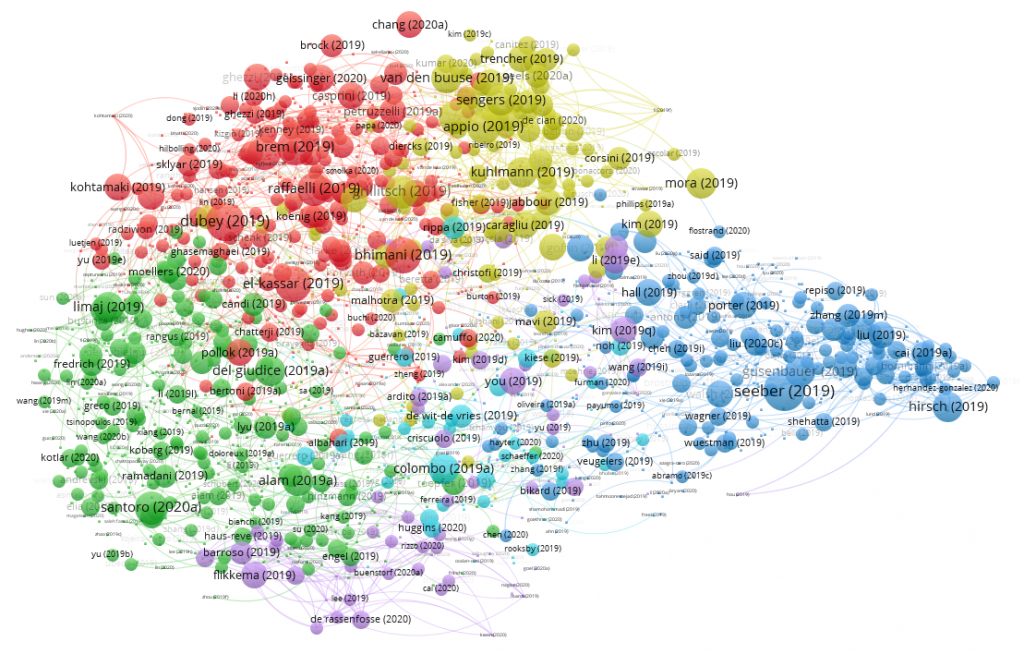Destabilization and consolidation: Conceptualizing, measuring, and validating the dual characteristics of technology – Technology can be categorized as either competence-enhancing or competence-destroying. This paper shows that a technology can be both at the same time. Digital photography, for example, consolidated electrical technology and disrupted film photography.
Design as an Isolating Mechanism for Capturing Value from Innovation: From Cloaks and Traps to Sabotage – To stop others from copying a company’s innovation, top of mind for many is to resort to legal avenues. However, companies also employ other tactics in the design of the innovation itself. The article enumerates these six topics in a 3×2 framework. Three tactics do not require modification of the original innovation: careful coordination to only reveal parts of the innovation, full manifestation of the innovation to the public to establish legal claim and tracking/cloaking through techniques such as watermarks. The remaining tactics require modifying of the underlying innovation such as modifying a part to misdirect competition, rendering the original unintelligible or defective against tweaking and shipping the innovation with additional features to prevent unsanctioned usage.
The failure to fail smartly – a third of clinical candidates fail the phase III to approval phase. The article attributes it to three factors: lack of expertise among the team members in critical areas, poor execution in planning the trials and selecting the end-points and deficient knowledge of the underlying science. It’s a funny coincidence though that this week, Science published an investigative journalism piece on how the FDA has not been enforcing clinical research regulations effectively.
Whether, How, and Why Networks Influence Men’s and Women’s Career Success: Review and Research Agenda – The gender pay gap has been attributed to various factors such as discrimination in the workplace, unfair norms, differences in inclinations, to name a few. Network science also has a perspective to offer. In this review, the researchers explore how networks affect disparately the careers of men and women. They investigate two areas whether they have different network characteristics like structure and composition or they just have different returns from their networks.
Beyond the Tipping Point: The Role of Status in Organizations’ Public Narratives to Mobilize Support for Change – When I moved to Europe, I was surprised by the lack of need to tip in general. Using a status lens, this study examines the efforts of some restaurants in the mid-2000s to challenge the culture of tipping. If you’re interested in reading more about tipping, I also recommend the Freakonomics episode on tipping.
Europe is building a ‘digital twin’ of Earth to revolutionize climate forecasts – It’s going to be an exciting future. Just recently, Microsoft flight simulator has enabled anyone to visit any place they wanted from the comforts of their home.
